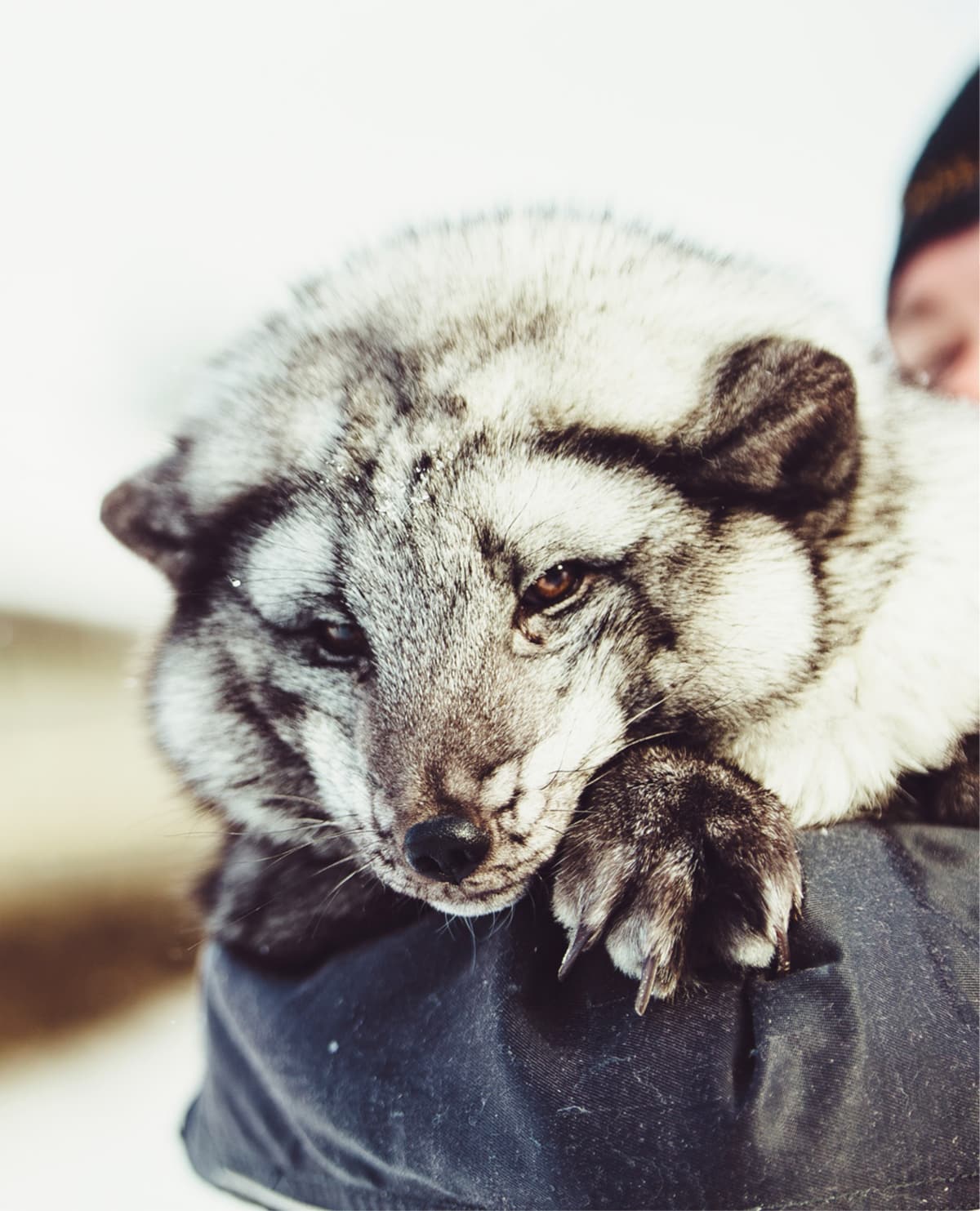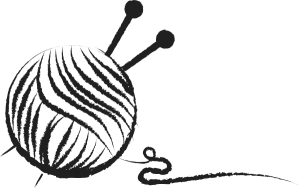Fur animals’ welfare is
Life on a fur farm
It is happiness to wake up to a new morning and to a meaningful job
A new day at my own fur farm is beginning. It is still early, but the first tasks already await. The work progresses according to the animals’ needs and according to the seasons. During the busier times we start at dawn and work until late in the evening.
For us, fur farming is much more than just work – it’s a lifestyle. We like it in the countryside, surrounded by nature and working with animals. One thing is for certain: be it a workday or holiday, we work. A big part of the work is outside, which suits a nature lover just fine. It is wonderful to see the seasons change up close. The changing seasons also mean that the tasks change. The pups are born in the spring and during the summer they have grown so much that they are moved into their own cages, where they have more space to move.
The breeder takes care of the feeding every day. It also means that the breeder sees every animal on the farm every day. The caretaker and the animal get to know each other and each other’s daily routines. If the animal is ill or injured the breeder notices it quickly.
The animals live in shadow houses. All fur animals live in a world of scents and an open shadow house gives them a possibility to observe the world around them by scent. Animals in the wild move around a lot in search of food and mating companions or to escape danger. These needs are filled on the fur farm in the breeding cages. The minks have their nests, as do the foxes some of the time. The fur animals also give company to each other, they live with their dam or siblings.
Minkkicam
Video under maintenance
Questions & answers
You ask,
we answer!
Why are the fur animals kept in cages?
The choice for breeding in cages and the cage size is the result of research. The Ministry of Agriculture and Forestry of Finland defines the minimum size of the cage. Even if wild animals move a lot, there is a reason for their movement, such as the need for food or finding a mating companion or to escape danger. These needs are filled on the fur farm in the breeding cages. All fur animals live in a world of scents and an open shadow house gives them a possibility to observe the world around them by scent.
Well kept fur animals are a matter of pride
”Nobody wants to jeopardize their livelihood”
You may have heard it said that fur breeders do not look after their animals properly? That isn’t true. News like that give headlines – nothing more.
Certified farms are supervised, regulated and approved and the animals’ health, welfare and breeding conditions are in order on these farms. The knowhow is given from one generation to the next. The branch’s self-monitoring and official controls ensure that there is no neglect. If a farm loses its certificate, it is very hard to sell the pelts. Nobody wants to jeopardize their livelihood. Or risk losing their job.
New technology is manifested on fur farms by giving the animals clean water to drink through water dispensers. The animals get high-quality feed that has been precisely researched. The breeders aim to give the animals a stress-free environment and lots of stimuli, and to check the animals are doing well. If the animals get ill, they will receive care. The operation of certified farms is transparent, and the furs are traceable.

Everything is used
The greenest branch in Finland?
People seldom notice how much the fur branch utilizes things that would otherwise be a burden on nature. Somebody else’s waste is worth gold for the fur branch. The fur branch uses a lot of steps to spare the environment. Instead of throwing it away, the offal of Baltic herring is used as a component in fur animal feed. By fishing Baltic herring, phosphorus, which causes eutrophication, is removed from the seas. Offal from slaughterhouses, the stuff that is unfit for human consumption, is also used in the feed for fur animals. By-products from the food industry are used as nourishment for fur animals.
Nothing is wasted. Even the manure from fur animals is used to fertilize fields and greenhouses. Fat from the fur animal is used to make biofuel. The fat is used to produce clean, sulfur-free biodiesel as fuel for the feeding truck on the fur farm, for example. In the future more and more solar panels can be found on the roofs of the shadow houses. The energy from the solar panels will be used on the own farm.
Therefore, the fur branch is often called the greenest field in Finland.

Luxurious yarn made of the fox’s winter coat (the Rufh project)
The fox changes its coat during the spring and a lot of loose hair is accrued on the fur farm and thrown away as something useless. Pia Blomström, principle of Centria vocational school in Pietarsaari, wondered if there could be some use for all the loose hair. Her idea gave birth to the Rufh project (reuse foxhair).
Would this be a domestic alternative to imported sheep’s wool, used to make polishing cloths for cars? The fur animal’s hair has also been tested in production of yarn. Ruukin Kehräämö in Mathildedal combined fur animal’s hair with alpaca and natural silk to result in high-quality yarns.
The fur animal’s hair has also been tested in felting. Felting the fur animal’s hair alone gives an incredibly soft result. When combined with other natural fibers, a more even result was obtained. Different knitting and weaving methods have also been tested.
Pia Blomström is convinced that the fashion industry would have interest in yarns and products like this, when people are constantly looking for sustainable alternatives. The project has been noted in Europe due to the article published in Pellice Moda. Österbottens Tidning has also published an article about the project.
